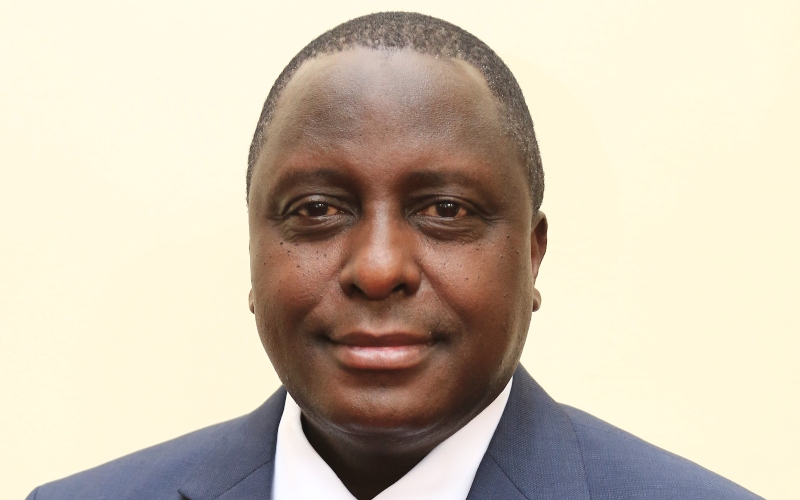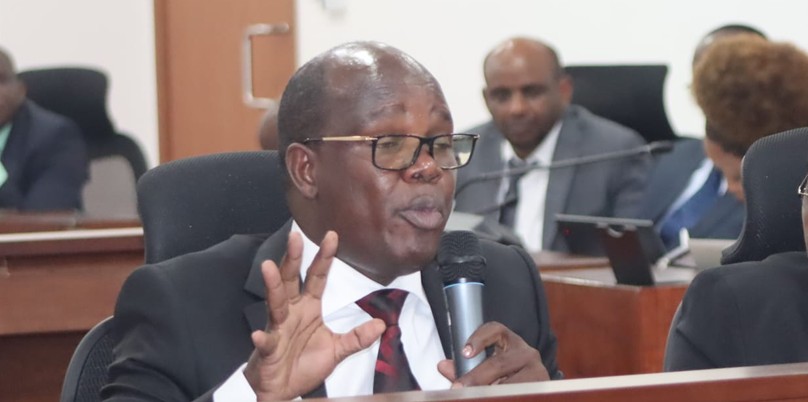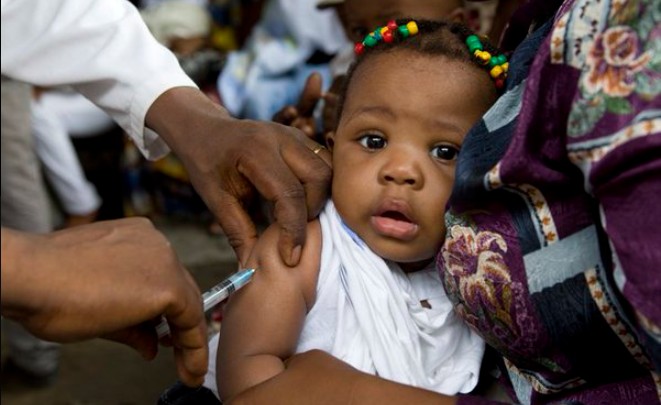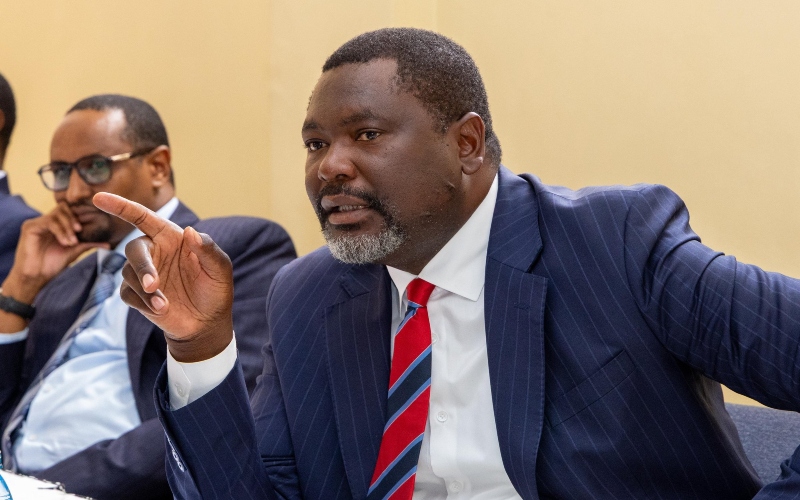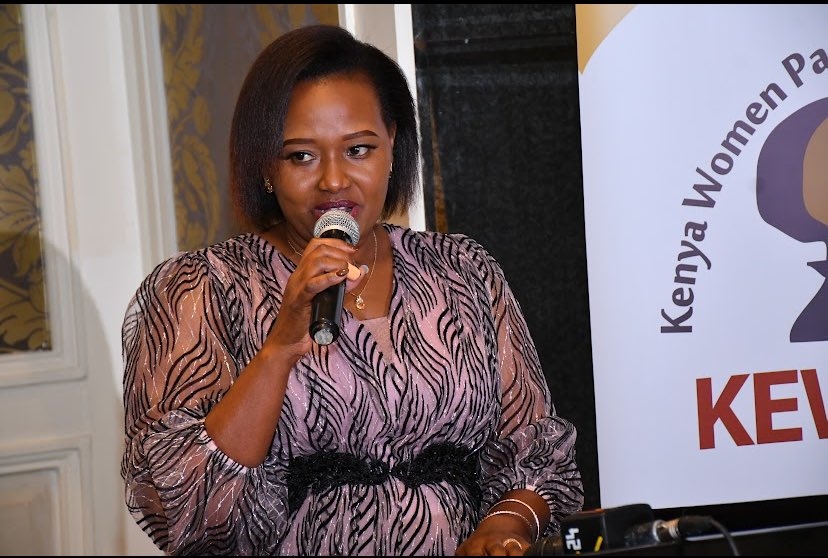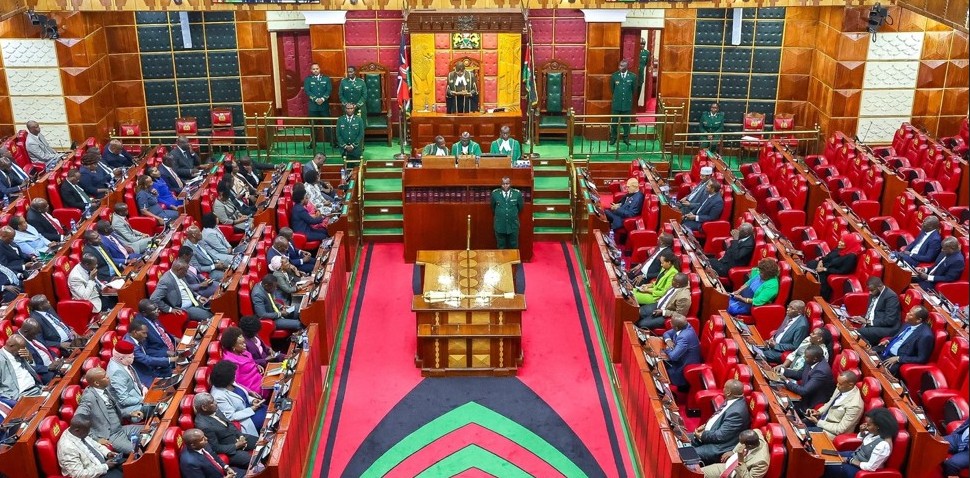Kenyans to access cheaper loans as CBK cuts lending rate to 9.25 per cent
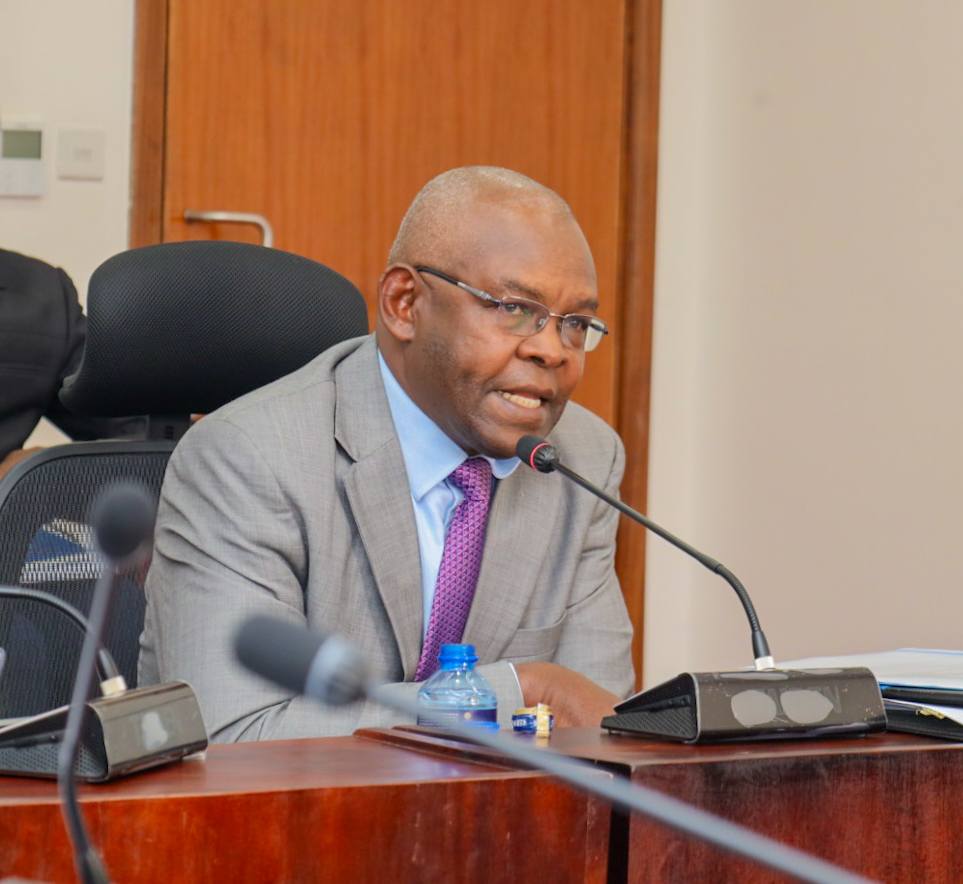
The MPC said the decision aims to stimulate lending by banks to the private sector while ensuring that inflation expectations remain anchored and the exchange rate is stable.
Kenyans could soon access cheaper loans after the Central Bank’s Monetary Policy Committee (MPC) reduced the key lending rate by 25 basis points to 9.25 per cent, citing a resilient economy and moderate inflation.
The MPC, which held its meeting on Tuesday, said the decision aims to stimulate lending by banks to the private sector while ensuring that inflation expectations remain anchored and the exchange rate is stable.
More To Read
- Kenya’s economic activity set for strong year-end boost, says CBK
- Banks urge CBK to cut base rate to spur private sector lending
- World Bank warns of soaring global food prices as inflation hits developing nations hardest
- Rising food prices drive Kenya’s inflation to 4.6 per cent in September
- Food, transport costs drive Kenya’s inflation up to 4.5 per cent in August
- CBK revises credit pricing model, adopts new benchmark rate for loan pricing
“Having considered these developments, the Committee therefore concluded that there was scope for a further easing of the monetary policy stance by reducing the CBR by 25 basis points,” MPC Chairperson Kamau Thugge said.
“This will augment the previous policy actions aimed at stimulating lending by banks to the private sector and supporting economic activity, while ensuring inflationary expectations remain firmly anchored, and the exchange rate remains stable.”
The Committee noted that global growth remained resilient in 2025, supported by a surge in exports to the United States ahead of higher tariff rates, improved financial conditions, and strong consumer spending. However, it warned that growth could slow in 2026 due to elevated trade policy uncertainty, weak global demand and geopolitical tensions in the Middle East and the Russia-Ukraine conflict.
Global inflation has increased modestly in recent months, driven by higher food prices and tariff effects. The MPC projected that global inflation will decline in 2025 and 2026, mainly due to lower energy prices and subdued demand. While food inflation has eased due to lower cereals and sugar prices, edible oil prices remain elevated.
Domestically, Kenya’s overall inflation stood at 4.6 per cent in September 2025, up slightly from 4.5 per cent in August, remaining below the midpoint of the target range of 5 ± 2.5 per cent. Core inflation declined to 2.9 per cent from 3.0 per cent, primarily due to lower processed food prices, particularly maize flour.
Non-core inflation rose to 9.6 per cent from 9.2 per cent, driven by higher vegetable prices, including tomatoes, carrots, onions and cabbage. The MPC expects inflation to remain within the target range in the near term, supported by stable energy prices and a steady exchange rate.
The recently released GDP data for the second quarter of 2025 showed continued resilience, with real GDP growing by 5.0 per cent compared to 4.6 per cent in the same quarter of 2024. The growth reflected a rebound in the industrial sector, stable agricultural output, and resilient service sectors such as transport, finance, insurance, information and communication and wholesale and retail trade. Leading indicators suggest improved economic performance in the third quarter.
GDP growth is projected at 5.2 per cent in 2025 and 5.5 per cent in 2026, though risks remain from global trade policy uncertainties and geopolitical tensions.
The September 2025 Agriculture Sector Survey showed that the onset of the harvest season, stable fuel prices, and exchange rate stability will support a stable inflation rate. However, seasonal increases in vegetable prices could exert moderate upward pressure on inflation in the near term.
The September CEOs Survey and Market Perceptions Survey revealed sustained optimism about business activity and economic growth over the next 12 months, citing improved agricultural production, a stable macroeconomic environment, declining interest rates and strong performance in tourism and the digital economy. Some respondents, however, expressed concerns about subdued consumer demand, high costs of doing business, and heightened global uncertainties.
Kenya’s current account deficit stood at 2.1 per cent of GDP in the 12 months to August 2025, up from 1.6 per cent a year earlier, largely due to higher imports of intermediate and capital goods. Goods exports rose by 3.6 per cent, led by an 8.5 per cent increase in domestic exports driven by horticulture, coffee, manufactured goods and apparel.
Imports grew by 9.2 per cent. Services receipts increased by 10.6 per cent, supported by travel services, while diaspora remittances rose by 9.4 per cent. The deficit is projected to narrow to 1.7 per cent of GDP in 2025 and 1.8 per cent in 2026, fully financed by financial inflows, resulting in a balance of payments surplus and increased reserves.
The CBK’s foreign exchange reserves currently stand at USD 10.765 billion, covering 4.72 months of imports, providing a buffer against short-term domestic and external shocks.
The banking sector remains stable and resilient, with strong liquidity and capital adequacy. Gross non-performing loans (NPLs) declined to 17.1 per cent in September from 17.6 per cent in June, with reductions in construction, real estate, tourism, hotel, restaurant and trade sectors. Banks continue to make adequate provisions for NPLs.
The MPC highlighted that the revised Risk-Based Credit Pricing (RBCP) model, expected to be fully operational by March 2026, will improve the transmission of monetary policy decisions to commercial banks’ lending rates and enhance transparency in loan pricing.
Growth in commercial bank lending to the private sector rose to 5.0 per cent in September 2025 from 3.3 per cent in August and -2.9 per cent in January. Lending to key sectors, including manufacturing, construction, and consumer durables, improved, reflecting stronger credit demand and declining lending rates. Average lending rates fell to 15.1 per cent in September from 15.2 per cent in August and 17.2 per cent in November 2024.
The MPC also noted that the ongoing implementation of the FY2025/26 Budget supports the government’s fiscal consolidation strategy and reduces debt vulnerabilities.
“The MPC will closely monitor the impact of this policy decision as well as developments in the global and domestic economy and stands ready to take further action as necessary in line with its mandate,” Thugge said.
The Committee is scheduled to meet again in December 2025.
Top Stories Today





